One of the undeniable impacts of climate change is the ever-recurring extreme weather events like the occurrence of super-typhoon. More recently, Typhoon Odette wrought havoc in many provinces and dioceses in the Philippines.
Undeniably, the Church through our National Secretariat for Social Action (NASSA) or Caritas Philippines and the diocesan social action centers, have heroically and successfully implemented the emergency response in typhoon-ravaged provinces in the country.
During the World Humanitarian Summit, Caritas Internationalis President Cardinal Luis Antonio Tagle affirmed the important role of faith-based organizations in responding to emergencies.
He said, “The current top-down approach to the humanitarian response must be replaced by investment in local action, strengthening grass-roots capacity, and improving partnership and coordination. The way we help people in emergencies can be more efficient and effective by engaging local and faith-based organizations.”
In our effort to engage in emergency response, we are challenged to see the larger picture and to see how all the problems are interconnected. Disasters and all the ensuing emergency responses are not totally detached from the pre-existing vulnerability of the poor. And poverty, on the other hand, is not a stand-alone issue that can be addressed independently.
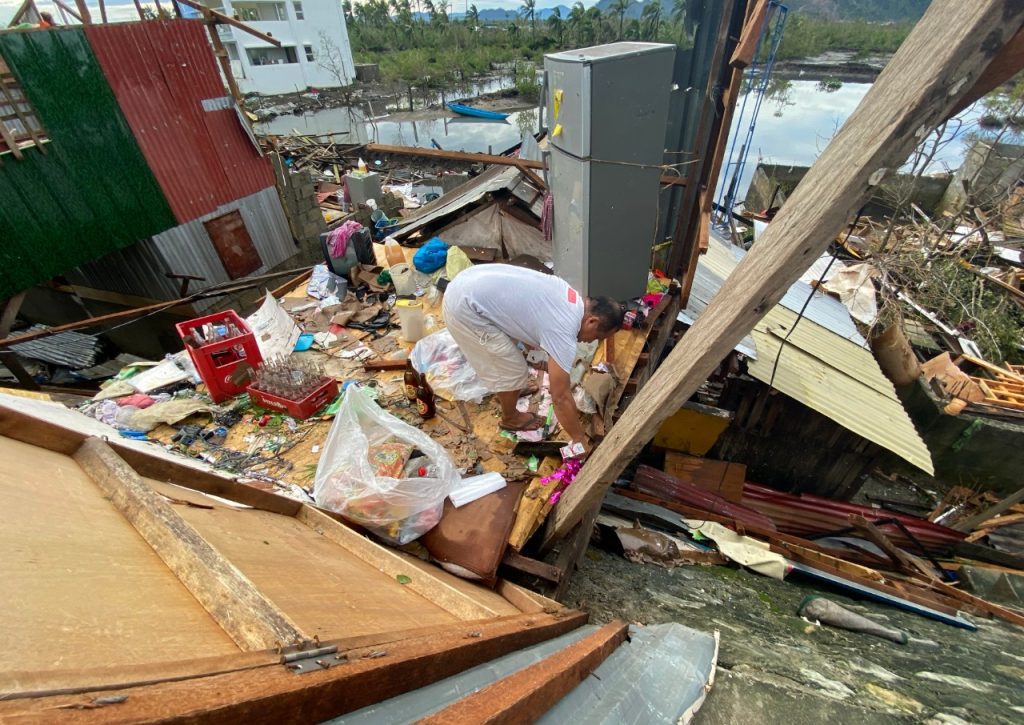
Just as Pope Francis aptly recognized the interconnectedness of poverty and environmental destruction, we are also called to link the prevailing issue of development and poverty to the short-term response in an emergency that we are all engaged in.
How to concretely pursue or how to go about the integration of humanitarian and developmental programming, with resiliency as an overarching strategy, is what we need to focus on in our sustained response. It is about harnessing the inherent resiliency of the people and our communities to prepare and respond to the risks of disasters and at the same time, to promote longer-term development in the community.
One of the significant organizational learnings we have in Caritas Philippines is that humanitarian emergency response cannot stand dissociated, but it has to find its link to a more long-term development framework. However, the framework of humanitarian response is somehow limited primarily to address the survival needs and vulnerabilities of disaster survivors. The long-term development programming that should proceed even beyond the recovery period is found wanting.
The need to connect the recovery emergency strategies to the social reform agenda is also of paramount importance.
We take the position that recovery or rebuilding cannot be effectively undertaken without addressing the equally urgent task of pursuing social and economic reforms in the typhoon-affected communities and in the country as a whole.
The most devastated regions and provinces happen to be among the poorest and the most unequal in the country because of the weak implementation of social and economic reform programs such as land reform, social protection, agricultural modernization, and industrialization.
In emergency response, there is the danger that social and economic reform is forgotten and relegated to the background. As it is, there are disturbing reports that big land accumulators and business monopolists are taking advantage of the chaos in some areas to grab lands from the missing as well as from the small but devastated farmers and fisherfolk communities.
According to a World Bank Study (2014), “significant quantitative evidence of the strong linkage between several important aspects of development and disaster impacts on the population. It concludes that the level of socioeconomic development at the provincial level is critical in reducing human vulnerability, and subsequently, in reducing disaster impacts to the population. The consequences of unplanned and rapid urbanization are the generation of vulnerabilities and the growth of settlements in hazard-prone areas. The results also confirm that the quality of governance in the Philippines can alter disaster impacts. In addition, geography is an important determinant of disaster impacts.
Clearly, the defining outcome indicators for humanitarian or emergency action at the onset is also consistent with the Sustainable Development Goals (SDGs), Sustainable Development Goals (SDGs): “For humanitarians to contribute to that vision, meeting basic needs in crisis will remain critical, but it is no longer enough. The 2030 Agenda calls on humanitarians locally, nationally, and internationally to work differently with one another and with counterparts in development, peace operations, climate change, and gender equality to move people out of the crisis: reducing vulnerability, doubling down on risk management, and tackling root causes of crises and conflict.”
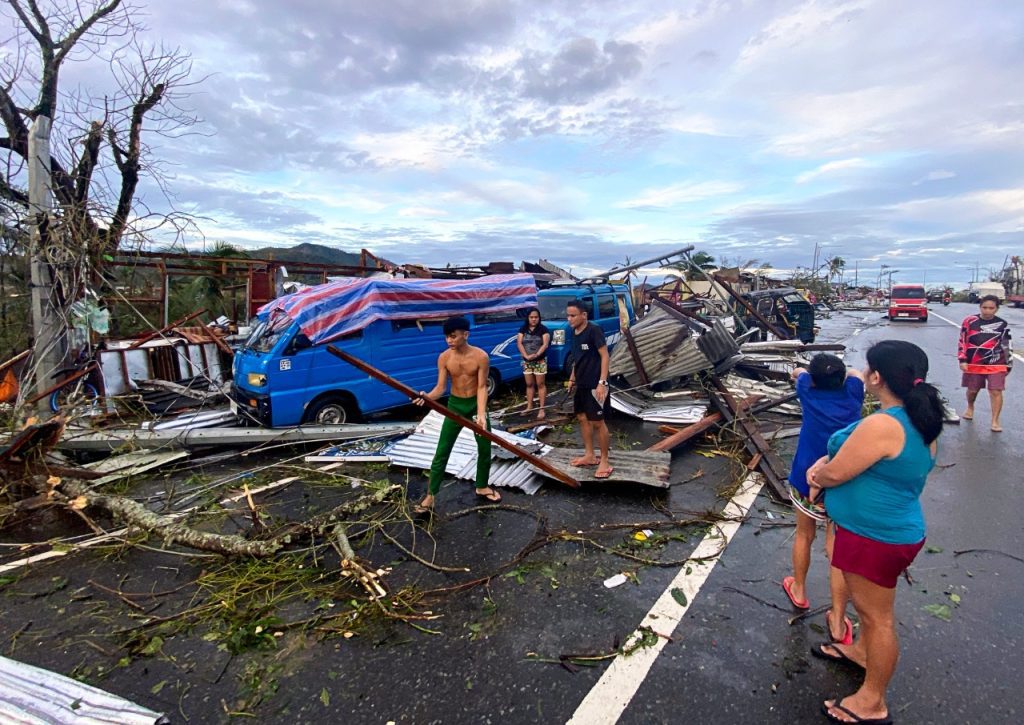
Caritas Philippines tries to address the vulnerability by creating and maximizing the links between relief, rehabilitation, and development (LRRD) objectives. It also looks at connectedness, referring to the need to ensure that activities of a short-term emergency nature are carried out in a context that takes longer-term and interconnected problems into account. The prevailing questions were: How is the proposed intervention helping to reduce vulnerability to future crises? Is it building the resilience of communities?
In a Position Paper submitted to the World Humanitarian Summit, Caritas Internationalis underlined the need to address the long term vulnerability and to pursue the program for resiliency, not just for the short-term emergency: “The humanitarian community – donors and responders – has a poor record of responding to early signs of potential crises. There is a similar tendency to quickly move on once the greatest immediate threats have been addressed. This short-term perspective and engagement undoubtedly save lives. However, additional long-term suffering may not be prevented and the livelihoods of people may not be sufficiently restored to reduce vulnerability to future shocks. Humanitarian actors must take a longer view – identifying and addressing vulnerability through investments in disaster risk reduction through the accompaniment of vulnerable and/or affected people as they strive to build resilience.”
The overall goal should be to sustain empowered and resilient communities towards holistic development in adapting blended humanitarian and development models and in practicing robust climate and disaster resilient technologies, mechanisms, structures, and standards. It causes sustained community readiness to disasters and emergencies and improved economic conditions of the extremely poor and vulnerable people in the communities.
We celebrate the resiliency of the Filipinos. We know we can be strong amidst the most destructive calamities, hand in hand, as we pursue our agenda for sustainable development. We have our determination to continue to work together and build a better future. We have our communities and families that can always support and sustain our indomitable efforts. We can always hold on to our faith, inspiring the resiliency of our communities.
Fr. Edwin “Edu” Gariguez was the former Executive Secretary of NASSA/ Caritas Philippines. During his tenure, he founded the Center for Resiliency, Empowerment and Integral Development (CREED), dubbed as the “social action academy” of the local Caritases, aiming to develop the required professionalism, leadership, and pastoral competence among the diocesan social action workers. He resigned in 2010 and is now back to the Apostolic Vicariate of Calapan.

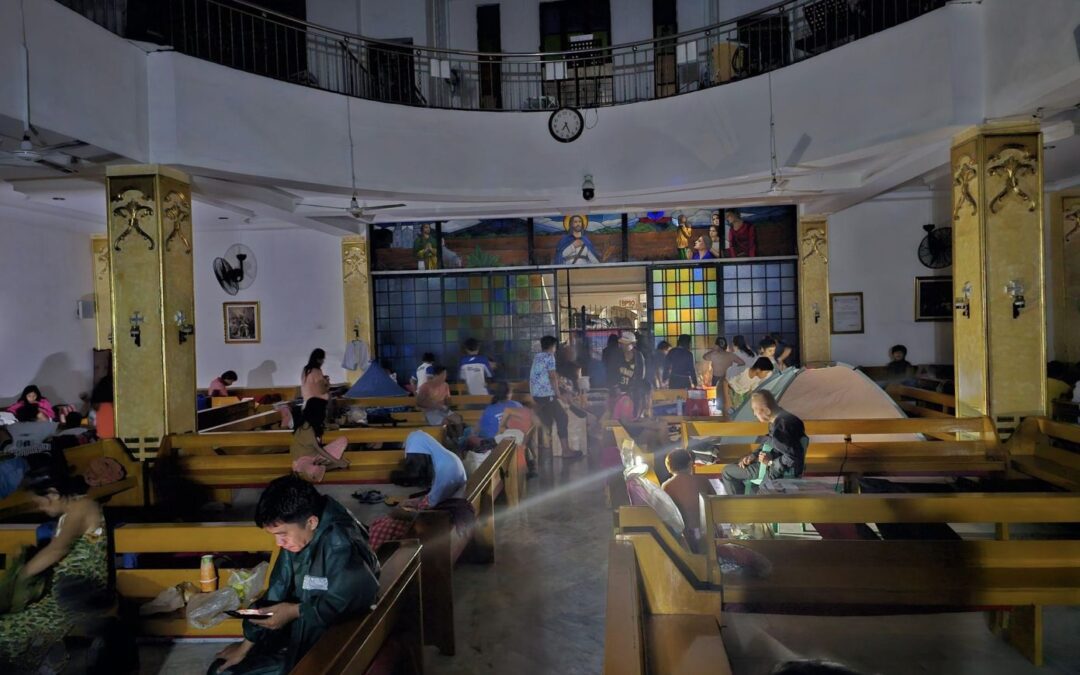
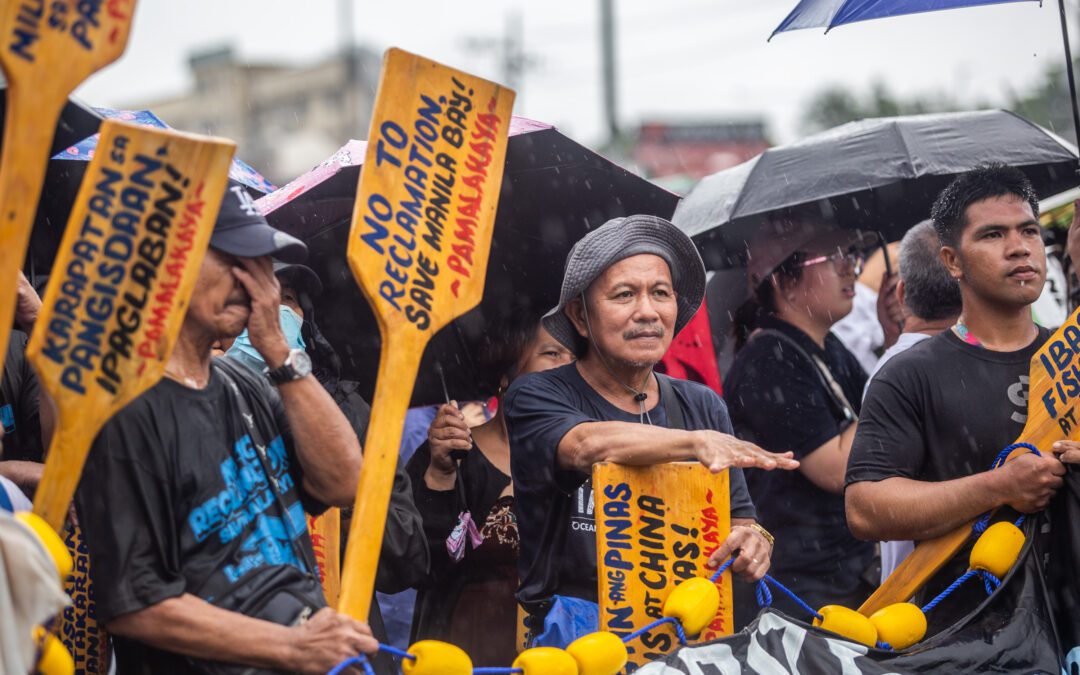
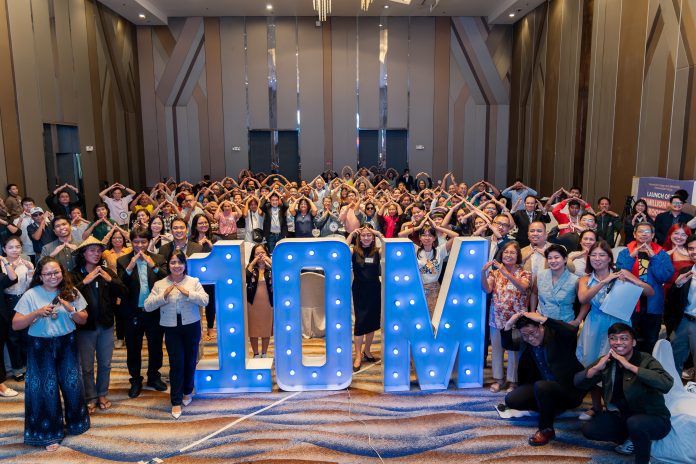
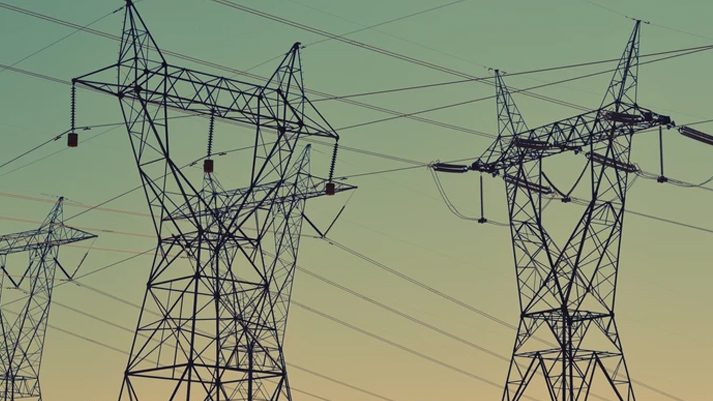
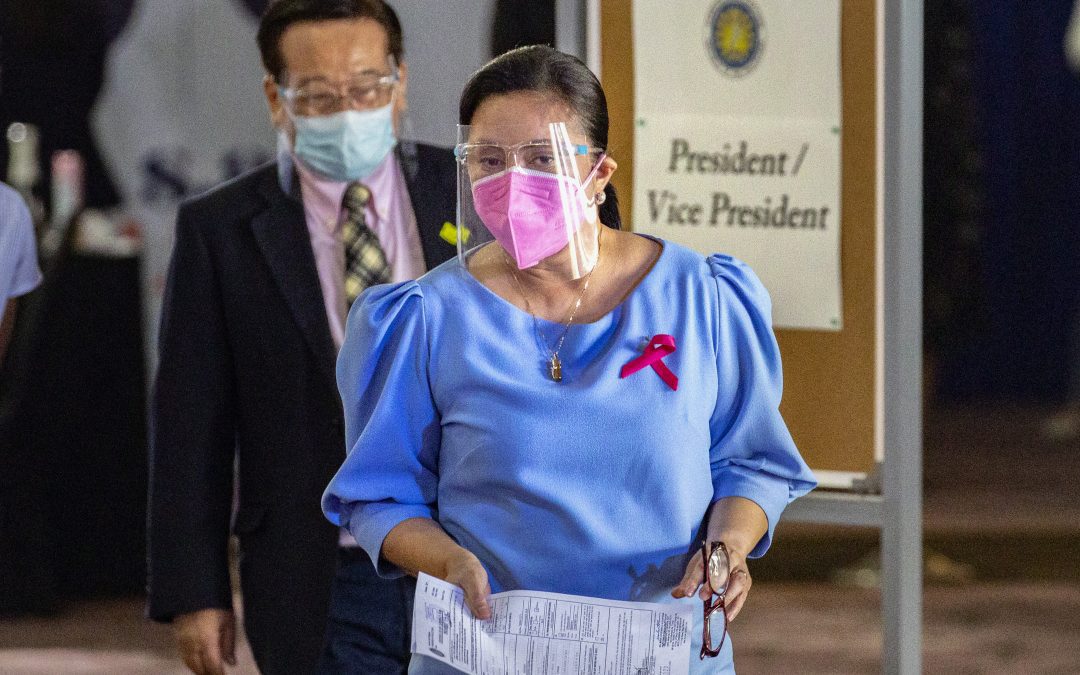
0 Comments